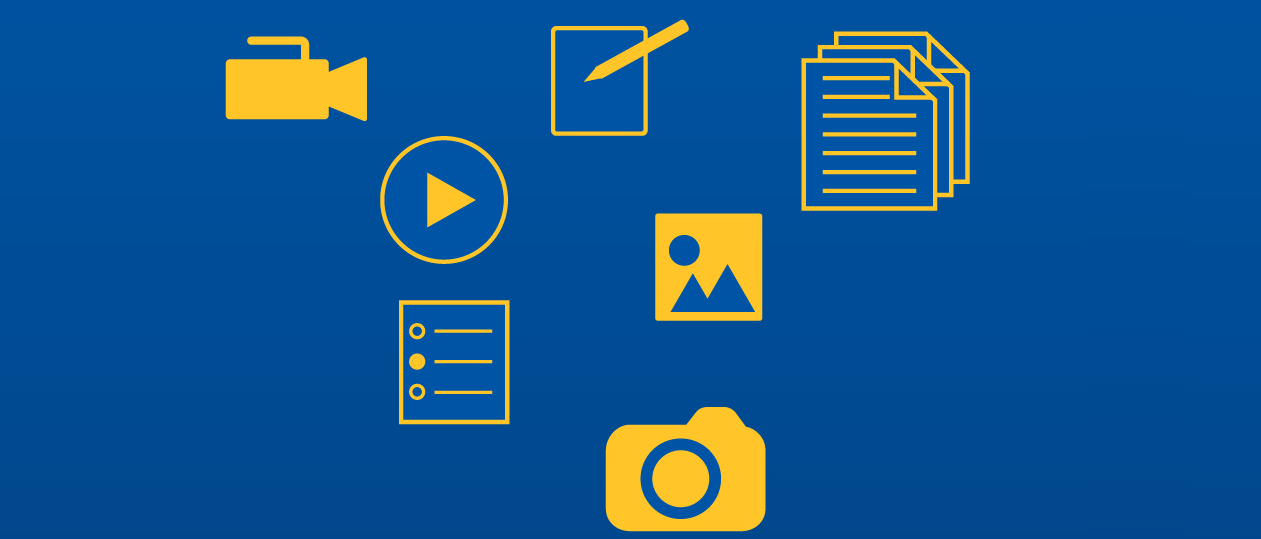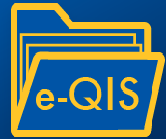This 4-year NSF-funded study is a collaboration between a multidisciplinary team of experts in science education, assessment, technology, and software development. We developed, deployed, and evaluated a new generation of teacher portfolio built on modern tablet technology. The e-QIS portfolio can be employed by teachers to collect a broad range of evidence of instruction in their science classrooms, including images of classroom artifacts, text, audio, and video. The tool can offer a powerful platform for monitoring, assessing, reflecting on, and ultimately improving instruction aligned to the Next Generation Science Standards (NGSS).
We conducted a series of studies to investigate the properties of the teacher portfolio tool. A validation study with a sample of 40 teachers from a partnering district investigated whether the evidence of instruction could be reliably assessed by trained raters and experts using guidelines of instructional practice aligned to the Next Generation Science Standards, and if these indicators relate with other measures of instructional quality as expected. In addition, we conducted in depth interviews with participating teachers and raters to understand how the tool can best function to support teacher self-reflection about their instruction.
Intellectual Merit
Efforts to improve teaching have historically been hampered by lack of high quality information to evaluate and improve instructional practice. Attending to how teachers engage students in science classrooms is an increasing focus in education research given its critical influence on academic achievement in K-12 and post-secondary education. If teachers are to grow their practice in ways that help students meet the goals of the NGSS, high quality data about what occurs in classrooms is essential for building our knowledge and relevant theories about what instructional moves, routines, and activities have the biggest effect on student learning.
The electronic portfolio offers more and better evidence of practice, is easier to collect, and is more efficient to deploy, score, and use than a traditional portfolio, and may also compare favorably to direct classroom observation in terms of coverage and cost. This enhances its potential for large-scale use for empirical research and policy purposes, and for directly informing the formulation and refinement of theories related to science instruction.
Broader Impact
The portfolio tool constitutes a breakthrough in the study of teaching, combining multiple modes of data collection and communication into a single multimedia platform that could open an unprecedented window into science instruction. This platform holds great promise in the context of current education policies and other reform efforts at the state and federal levels.
This electronic portfolio tool can aid researchers, school districts, and states in these efforts by 1) providing rich, reliable, and valid information about instruction tied to direct evidence of classroom practice; 2) enabling pertinent and useful feedback and mentoring to teachers to help them align their instruction to the goals and guidelines of the NGSS; 3) engaging teachers in extended and meaningful self-reflection along these same goals; and 4) offering an integrated, formative, evidence-based approach to teacher induction, evaluation, and professional development, potentially improving teacher buy-in and perceptions of fairness in relation to teacher evaluation. The project involved a partnership with the Los Angeles Unified School District, who were interested in using the tablet teacher portfolios for formative assessment, feedback, and mentoring as part of induction for new science teachers in the district

